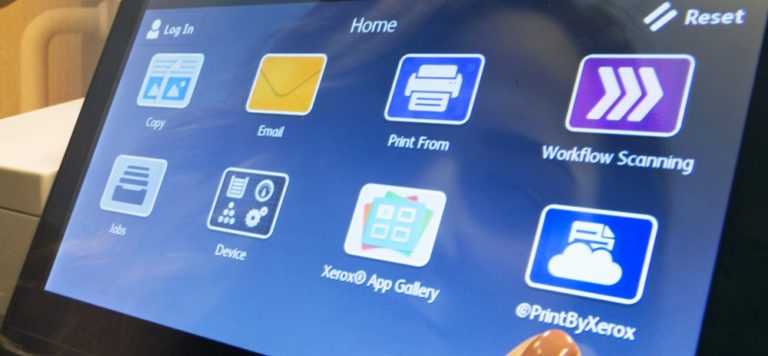“Telemedicine” could mean big savings for the healthcare industry. Here are 5 tips for pioneer doctors.
By Kathryn Doyle
 The media noted a trend of doctors connecting with patients through social media and texting as early as 2012. Doctors can respond to simple questions their patients send via email or text, and even analyze picture patients send, for example, of a surgical site in the healing process.
The media noted a trend of doctors connecting with patients through social media and texting as early as 2012. Doctors can respond to simple questions their patients send via email or text, and even analyze picture patients send, for example, of a surgical site in the healing process.
This type of “telemedicine” is increasingly popular, and could not only help patients connect to doctors quicker, but could save the healthcare system money in the long run by preventing unnecessary doctor’s visits; if a question can be answered in a one line text without a face-to-face meeting, so much the better.
This is a new phenomenon and there’s no roadmap, but a few best practices have emerged. Patient surveys have helped. The survey was designed by Frederick Muench, a clinical psychologist at Columbia University Medical Center who directed another study in a similar vein earlier this year.
Results from both surveys indicated that 98 percent of patients were potentially interested in using text messaging as a part of their continuing care strategy.
Here’s what else he found:
- Patients prefer statements, not questions.
- Complete sentences are best.
- They generally don’t like it when doctors use “text-ese,” like “LOL” or “wat.”
- Surprisingly, they do like positive emoticons 🙂
- Make sure grammar is correct.
Some of these may seem counterintuitive — like no texting lingo but emotes are okay — but one central message does emerge: Texting is a casual form of communication, but the patient-provider relationship is still professional. Condensing but preserving what you would tell them in a face to face meeting should honor the subject matter.
(This is an excerpt from an article that was originally published on HealthBizDecoded.com, )



